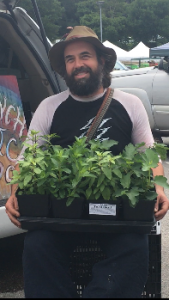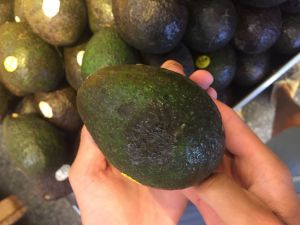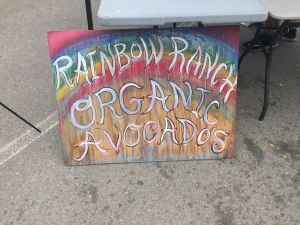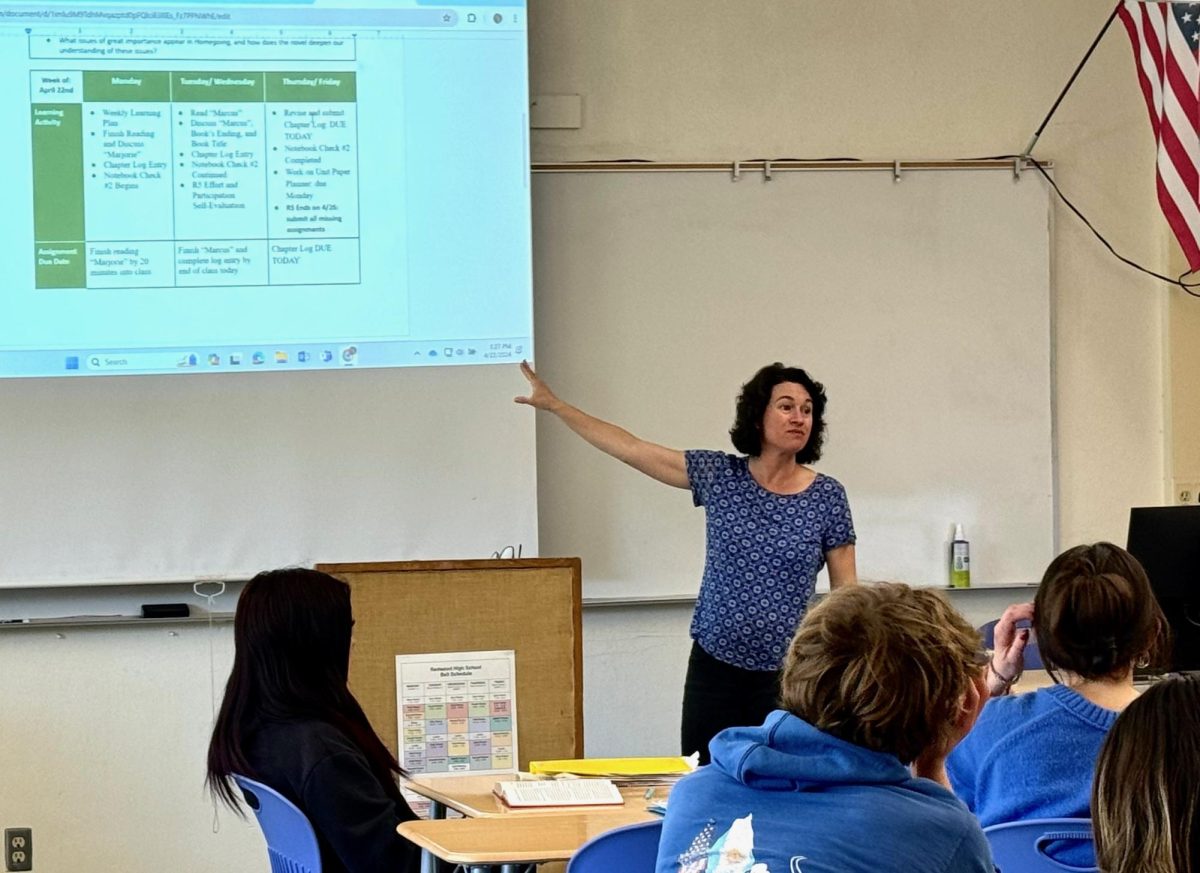It’s a hot day in Ojai, Ventura County, for farmer Chris Krump. He runs Rainbow Ranch, his primary cash crop being the avocado. Hundreds of avocado trees take up two acres of his farm, each of these trees producing 100 to 300 avocados each by winter’s harvest. He uses organic fertilizers, his favorites being manure and mulch, to help the avocados grow without the use of pesticides, which Krump believes lower the quality of his crop.

“A lot of the time in commercial agriculture, [the commercial companies] just kind of [throw] the chemicals out, pretty much as much as they can take, without any thought about what’s going on in the life within the soil, which actually has a lot to play into the nutrient absorption in the roots,” Krump said.
However, Krump’s use of organic fertilizers aren’t the only factors that separate his avocados from the competition, as he also uses specific planting and watering techniques to maximize his efficiency.
“What we do is plant certain things between crops, and water them separately, so it gives the avocados a little extra water in the summertime, kind of a ‘feeding two birds with one seed’ mentality,” Krump said.
Avocados have experienced a massive surge in popularity in recent years. According to the Agriculture Marketing Resource Center, the average American eats 5.9 pounds more guacamole a year than they did in 1989. This prevalence, coupled with the 2017 California avocado harvest being 44 percent smaller than 2016’s harvest, has caused the price of avocados to skyrocket, which increased by 125 percent in 2017 according to CNN Money. This rise in avocado price, especially domestic avocados, has led people to buy foreign, mainly Mexican avocados. However, these cheaper avocados come with a weightier, more consequential price according to Krump.
Because they’re not local, foreign avocados must be transported across distances and are often preserved through refrigeration. However this detracts from their quality and value according to Krump , who says that all the extra refrigeration, storage and transportation that foreign avocados endure can cause black spotting within the fruits and overall deterioration in the crop. Moreover, transportation can put oil energy into the fruit, lowering its nutritional value, Krump said.

“For every mile food has to travel, it’s another calorie of oil energy that’s going into the food,” Krump said.
These aren’t the only problems with Mexican avocados. The other issue is the blood avocado—a variety that are brought into America through drug cartels, earning some cartels enormous sums of money, one such example being the Knights Templar. This gang, named after the medieval monk warriors, makes $150 million a year from their extortion of avocado growers and packers according to the Wall Street Journal. These blood avocados can be compared to blood diamonds in the sense that they finance cruel and inhumane activity. The cartels force their way into farms, according to Krump, potentially harming Mexican farmers and their crops.
“The mafias in Mexico have a lot of money. What they’re doing is coming into these avocado growing areas and buying the land. If they can’t buy it, they’ll create deals with the farmers and basically strongarm them into deals saying that the farmers have to sell the cartels the land, or the cartels will just take all of the avocados,” Krump said.

Foreign avocados are rising in popularity and availability despite these moral shortcomings. According to the Hass Avocado Board, Mexico has imported an average of 45 million pounds of avocados per week as opposed to California’s 2.7 million pounds.
However, the rise in price of California avocados depends on the climate and location of the farms. For example, Margaret Crane of Shoup Farms in Riverside county has not experienced a drastic rise in price.
“Personally, I haven’t experienced that much of a rise in cost. Five years ago, we sold for $1.25 each, or five for five [dollars]. Now we’re at $1.50 each, with five for seven,” Crane said. “Last year we did have to go up to two dollars a piece, and a lot of that had to do with weather-related issues.”
These weather-related issues are the main factor in the avocados’ rise in price. In previous years, California’s drought has affected the growth of avocados greatly. However, the drought no longer has such a strong effect on the price of avocados. According to Krump, the state of California is currently in a category three drought. If California enters a category four drought, avocado growers will begin to worry.
“A category three drought means just very small limitations, but I think that by summer we’ll be in a stage four, which will be a major reduction in water supply,” Krump said.
Additionally, last year a heat wave along with the Santa Ana winds of southern California devastated many avocado harvests, hurting both farmers and consumers alike.
“We had the heat that killed trees and damaged a lot of the blossoms of fruit, and we had the winds that knocked the blossoms off and damaged the fruit even more. That shortened the supply on top of an already small crop, which made the supply in California very small.”
As long as the supply of avocados is hampered by natural or artificial causes, the price will remain high, or it could even continue to rise in the coming years. However, according to Krump, even if the price continues to rise, high quality avocados will always be worth the large cost.
“I think the price of good avocados will continually go up, and I think it’s worth every penny. It’s just like anything else that’s high quality. It’s worth every penny people are willing to pay,” Krump said.






















